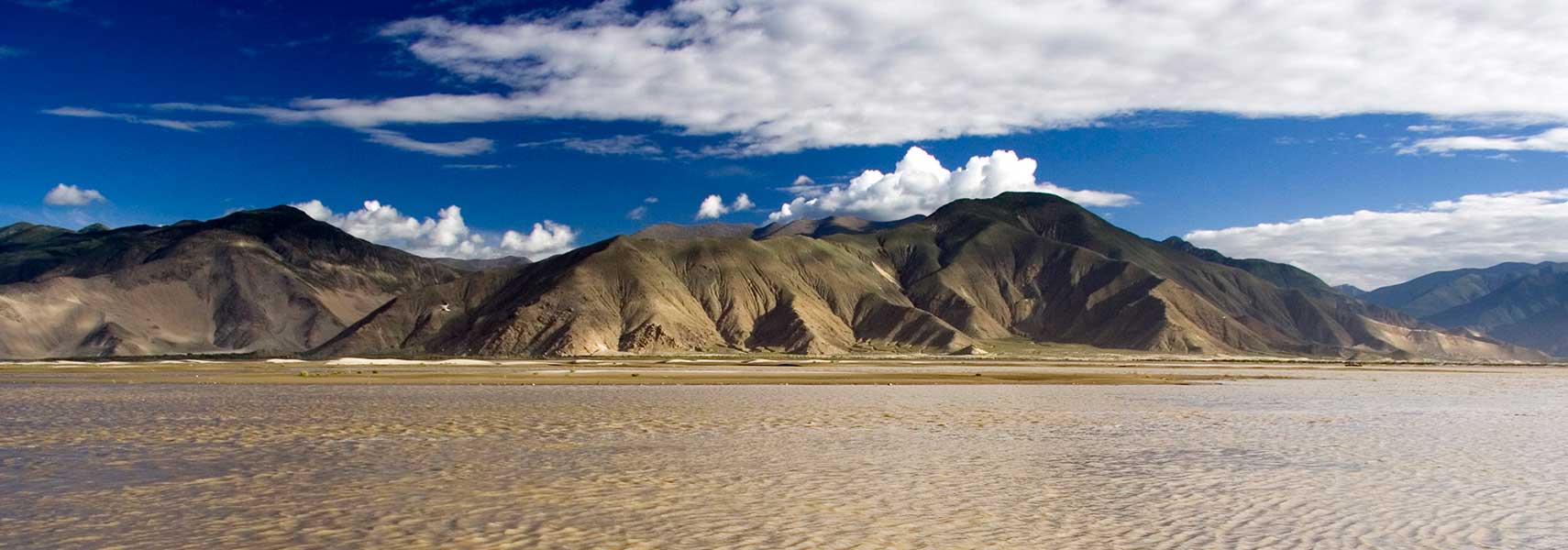Tibet: The Land of Snows
Tibet, renowned as "the Roof of the World," captures the imagination of travelers and adventurers alike. Nestled on the northern slope of the majestic Himalayas, Tibet stands out as a mesmerizing destination. This extraordinary region resides north of India, Nepal, Bhutan, and Myanmar (Burma), strategically located on the barren yet captivating tableland known as the Tibetan Plateau. Here, the altitude reaches astonishing heights, with an average elevation exceeding 4,000 m above sea level, making it the highest region on Earth.
Historical Context of Tibet
In recent history, the narrative of Tibet underwent a significant transformation following China's "Peaceful Liberation of Tibet" in 1949-50. Since that time, this stunning region has essentially functioned as an administrative division within the People's Republic of China, being designated as the Xizang Autonomous Region. This change led to notable alterations in the governance and cultural landscape of Tibet, which remain topics of discussion and debate among scholars and locals.
Geographical Overview
Tibet, officially termed the Tibet Autonomous Region (TAR), covers a vast expanse of approximately 1,228,400 km². To put it into perspective, this area is more than twice the size of France and almost four times larger than Arizona. Given its sheer size, Tibet features diverse landscapes, predominantly comprising impressive grasslands, which constitute around 70% of its terrain. The region's varied topography ranges from high plateaus to tropical forests, showcasing nature's remarkable diversity.
Population Dynamics
Despite its extensive land area, Tibet remains one of the least densely populated regions in the entire People’s Republic of China. Current estimates suggest a population of approximately 3.2 million residents. This figure takes into account China's National Strategic Project aimed at developing the West, initiated in the 1980s. This ambitious plan encourages the migration of Han Chinese individuals from other areas, thus altering the demographic composition of Tibet.
The Provinces of Tibet
Delving into the historical provinces of Tibet unveils a complex tapestry. The region traditionally encompasses three main provinces: Amdo, Kham, and U-Tsang. However, in contemporary terms, Chinese governance has segmented these provinces into various administrative units. For instance, Amdo now finds itself divided among the provinces of Qinghai, Gansu, and Sichuan. Similarly, Kham has largely been integrated into Sichuan, Yunnan, and Qinghai. U-Tsang, which together with western Kham comprises what we refer to as the TAR, reflects a mere fraction of the historical extent of Tibet.
Cultural and Religious Significance
The cultural richness of Tibet profoundly influences the identity of its people. Primarily inhabited by ethnic Tibetans, the region is also home to smaller groups such as the Menba, Lhoba, Mongols, and Hui. Interestingly, there exists a budding presence of Han Chinese in the area. This cultural mosaic thrives primarily within the framework of Tibetan Buddhism, which serves as a spiritual anchor for many Tibetans. Additionally, ancient practices such as animism coexist alongside these traditions, enriching Tibet's cultural tapestry.
Climate and Environment
The climate of Tibet is marked by stark contrasts. During the summer, average temperatures soar to around 28 degrees Celsius, providing a brief respite from the cold. In sharp contrast, winter temperatures can plunge to a frigid -15 degrees Celsius. Furthermore, the region remains extremely dry, with significant rainfall primarily occurring during the monsoon season, between July and August. This unique climate supports a range of ecosystems that define Tibet's natural beauty.
Economic Features
When exploring Tibet's economy, one cannot overlook its rich natural resources. The region boasts dense forests, diverse wildlife, and valuable mineral deposits, including an impressive reserve of uranium, recognized as the world's largest. The potential for harnessing renewable energy sources, such as hydroelectric and geothermal energy, provides fantastic opportunities for sustainable development. The agriculture sector thrives predominantly on livestock and its products, which serve as crucial economic pillars. Additionally, industries like mining, wool spinning, and carpet weaving contribute significantly to Tibet's economy while attracting tourists and visitors excited to explore this mystical land.
Tibet's Unique Identity
The very essence of Tibet lies in its unique blend of tradition and modernity. While deeply rooted in its historical heritage, the region embodies the challenges brought about by contemporary governance and migration. The interaction between the local Tibetan culture and outside influences creates a dynamic and sometimes contentious environment. On one hand, Tibetans actively preserve their rich traditions, languages, and religions. On the other hand, the influx of Han Chinese populations undoubtedly reshapes the social fabric of this vibrant land.
Tourism in Tibet
As travelers flock to Tibet, the region has increasingly become a focal point for tourism. Visitors are drawn not only to its breathtaking landscapes but also to its rich historical and spiritual sites. From the iconic Potala Palace to serene monasteries, each destination whispers stories of the past. Furthermore, the trekking routes around the Himalayas present exceptional opportunities for adventure seekers. Experiencing the natural beauty and cultural depth of Tibet remains an unforgettable journey for all who dare to venture here.
Conclusion: Celebrating Tibet
Tibet stands as a testament to the resilience and spirit of its people. Despite the challenges faced in the modern era, Tibetans remain proud of their identity and heritage. As one traverses the enchanting landscapes of this high-altitude plateau, they encounter a world steeped in history and spirituality. Ultimately, embracing the beauty and complexity of Tibet fosters a deeper understanding of this remarkable region, nurturing appreciation for its unique place on our planet.
Largest cities of: Tibet
| City Name | Population | Year of foundation | |
| Lhasa | 255,000 | 647 | |
| Shigatse | 100,000 | circa 14th century | |
| Gyantse | 20,000 | 864 | |
| Nyingchi | 18,000 | 1950 | |
| Xigaze | 15,000 | 778 B | |
| Zhangmu | 8,000 | 1956 |


